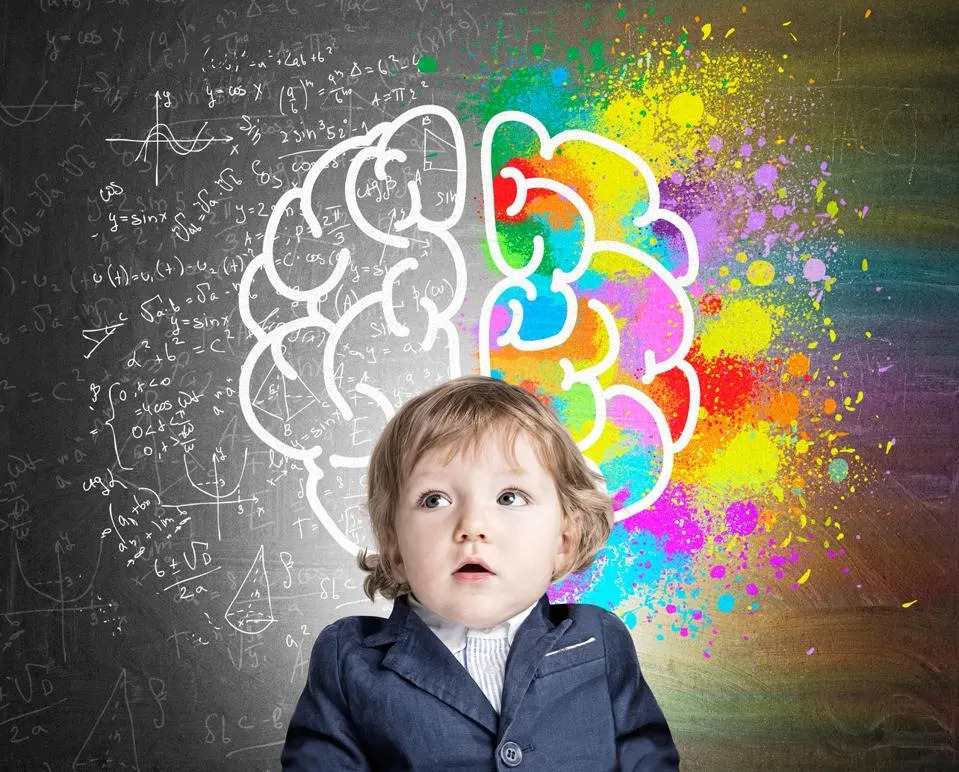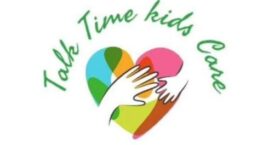Autism Spectrum Disorder (ASD) is a complex neurodevelopmental condition characterized by challenges in social communication and interaction, alongside restricted and repetitive behaviors or interests. Symptoms of ASD vary widely among individuals, ranging from mild to severe, and can present early in childhood, typically before the age of three. Common signs include difficulty with nonverbal communication (such as gestures and facial expressions), trouble forming relationships, and a preference for routine or repetitive behaviors. Sensory sensitivities, like heightened or reduced sensitivity to sensory stimuli (e.g., sound, touch), are also frequently observed.
Diagnosis of ASD involves a comprehensive evaluation by healthcare professionals, often including developmental screenings, observations of behavior, and interviews with parents or caregivers. Early intervention is crucial and may include various therapies tailored to address specific challenges associated with ASD. Behavioral interventions, such as Applied Behavior Analysis (ABA), focus on improving social skills, communication, and adaptive behaviors. Speech-language therapy targets communication deficits, while occupational therapy addresses sensory sensitivities and enhances daily living skills. Individualized education plans (IEPs) are often implemented in school settings to support academic success and social integration.

While there is no cure for ASD, early intervention and ongoing support can significantly improve outcomes and quality of life for individuals with the disorder. Research continues to explore the underlying causes of ASD and develop new interventions to better support individuals across the spectrum. The understanding of ASD has evolved over time, emphasizing a strengths-based approach that recognizes the unique abilities and potential contributions of individuals with autism to society. Effective support networks involving families, educators, and healthcare providers are essential in promoting positive outcomes and maximizing the potential for individuals living with ASD.
